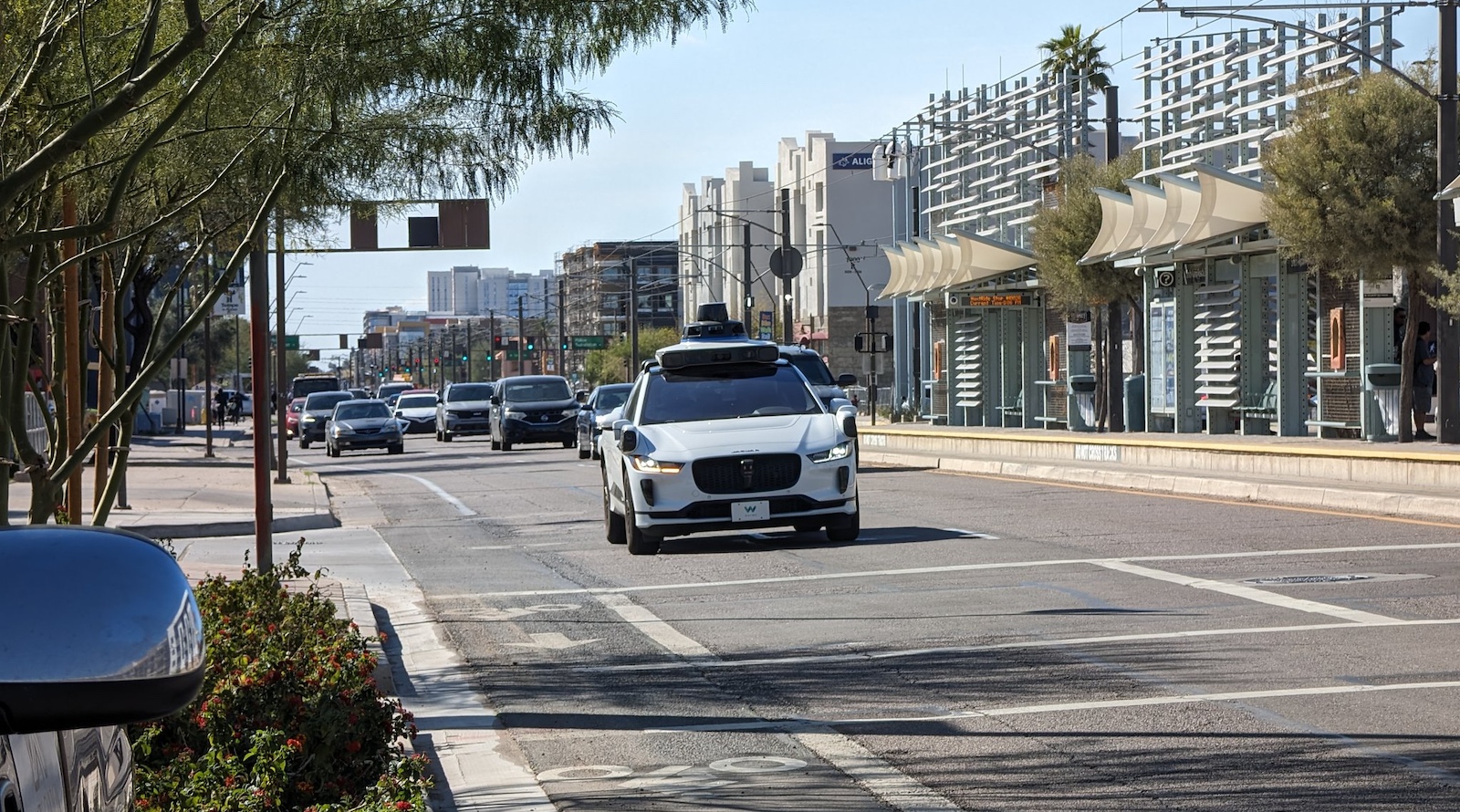Sign up for CleanTechnica’s Weekly Substack for Zach and Scott’s in-depth analyses and high level summaries, sign up for our daily newsletter, and/or follow us on Google News!
Last Updated on: 29th April 2025, 03:29 am
CleanTechnica reader “rawlsio” recently made a very interesting point regarding Waymo robotaxis. Responding to a stat in my article “Waymo’s Quickly Taking More Market Share Than I Expected” in which I noted (and was surprised) that Waymo already had 22% of the rideshare market in San Francisco, he wrote, “Yeah — Waymo is ubiquitous in San Francisco. It seems like more than 22% because the Waymo cars are more obvious and uniform than Uber or Lyft cars. The service is excellent, especially with the expansion to SFO airport.” His point really stuck, and grew into a bigger takeaway.
One of the hardest things with new tech is bringing awareness to more and more of the market, but even harder than that is often bringing belief that the new tech is common and that it’s probably time they should really consider buying/paying for it. I still see it all the time with people and electric cars. Even though I see EVs everywhere, most people don’t recognize most of these cars on the road as electric cars. They just see cars, and they still think EV tech isn’t quite ready, that they still need some breakthrough vehicle with 700 miles of range and 10-second charging to come out, and that it’s not quite time to go electric yet.
With ridesharing, Ubers and Lyfts are nearly invisible to non-riders, and even taxis are pretty invisible. They all blend in. (Well, not in NYC where taxis are all yellow, but in many cities.) So, even if ridesharing becomes quite popular, most of us not using it are not aware of that.
However, Waymo vehicles stand out. They are well branded and obvious. They have eye-catching lidar sensors on their roofs. Add in the novelty of them not having drivers, and they really stand out and get people thinking. So, in cities where they are abundant enough, that extra awareness boost and branding probably goes a long way in speeding up interest and adoption.





So, this got me thinking that Waymo might continue to see hypergrowth in cities where the company feels comfortable scaling up. And, actually, that matches with the fact that Waymo seemingly doesn’t have to roll out any incentives or referral bonuses to get more customers in its cars. It enters a market, scales up, and is apparently already able to hit pretty high penetration rates without incentives. We’ll see what comes down the road (a bit of a pun intended there), and we’ll continue to track Waymo’s progress, but this one small but notable marketing benefit has me considerably more bullish about the company’s growth prospects than I already was!
Now, a big question is still how much Waymo can get people out of their own cars and into its robotaxis. It’s one thing to scale up and take a big percentage of taxi or ridesharing markets in major cities — and that’s success by most people’s standards — but it’s something entirely more if Waymo is able to get people to leave their own cars at home, eventually sell them, and switch to regularly riding in Waymos for their commuting, errands, recreational trips, etc. And that faces serious barriers.


Whether you have solar power or not, please complete our latest solar power survey.

Have a tip for CleanTechnica? Want to advertise? Want to suggest a guest for our CleanTech Talk podcast? Contact us here.
Sign up for our daily newsletter for 15 new cleantech stories a day. Or sign up for our weekly one on top stories of the week if daily is too frequent.
CleanTechnica uses affiliate links. See our policy here.
CleanTechnica’s Comment Policy

